A guide to electric car tariffs
Learn everything you need to know to select the right electric car tariff for you.
When you switch to an electric car, you don’t have to worry about the cost of fuel anymore. By charging at home, you can avoid those petrol station stops when you’re running late or rushing to get the kids to school on time.
In fact, electric cars are cheaper to run than petrol or diesel cars over their lifetime. And that’s partly because electricity is cheaper than fuel. But with so many electric car tariffs to choose from, it’s important to do your homework to find the electric car tariff that’s best for you.
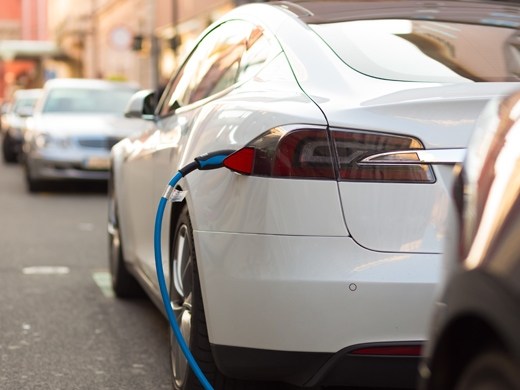
We’ve put together this guide to help you understand it all. We’ve covered some of the common questions you might have about the cost of charging an electric car at home. Explained the key features of electric car tariffs. And showed how to compare different deals to figure out which tariff offers you the best value.
We also look at whether it’s cheaper to charge at home or using a public charging point. And finally, we explain how an electric car tariff can save you money elsewhere in the home too.
Will having an electric car increase my electricity bills?
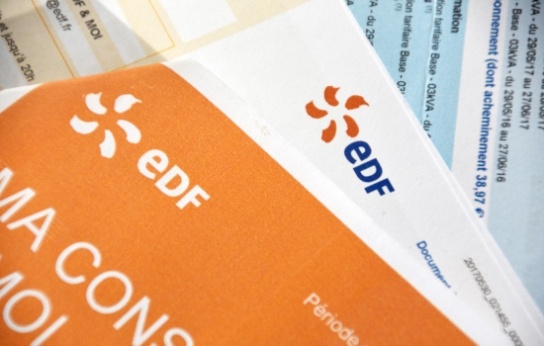
Charging an electric car at home will increase your electricity bill… But, if you’ve replaced a conventional petrol or diesel car with an electric model, it’ll cost you less to run. And, your electric car tariff could make big savings on your household electricity too.
Homes without an electric car use around 2,800 kilowatt hours (kWh) of electricity a year. If you bought an electric car and drove it the average distance of 7,600 miles each year, you could expect to use roughly another 2,000kWh. So, although your electricity bill will go up, this cost is offset by the reduction in petrol and diesel costs from replacing your old car for an electric car.

Did you know?
The rate at which an appliance uses electricity is measured in watts or kilowatts (1,000 watts).
To work out how much electricity is used by an appliance, multiply this rate by the time for which the appliance ran.
For example:
- a 10-watt light bulb uses just 0.24kWh of electricity if it runs constantly for 24 hours. Whereas, a 3kW kettle uses 72kWh, which is significantly more.
Cheaper electricity during off-peak hours
Our GoElectric tariff offers savings on your electricity during off-peak times. The tariff offers cheaper electricity overnight between midnight and 5am (GMT) or 1am to 6am (BST).
How much will an electric car increase my electricity bill?
On a standard tariff of around 29p/kWh, buying an extra 2,000kWh of electricity could mean you pay around £580 extra a year, or an increase to your monthly payment of around £48 per month.
But this £48 increase is already less than you’d spend on fuel to cover the average 633 miles a month travelled in a conventional car. And if you shop around for an electric car electricity tariff and you could reduce it drastically. Our GoElectric Overnight tariff offers electricity for as little as 9p per kWh, so you could actually pay just over £15 extra a month in charging costs which is significantly less than what you would spend on petrol or diesel.
Why get an electric car tariff – instead of sticking with my existing tariff?
Save Money
If you have an electric car and a home charging point, an electric car tariff will save you money. But the savings don’t just apply to your car – the discounted rate covers all the off-peak electricity you use. This means you could save even more if you have power-hungry equipment at home, like electric heating or water heating.
Zero carbon energy
Cheaper electricity isn’t the only reason to get an electric car tariff. Most of the currently available electric car tariffs in the market supply zero carbon energy from renewable or nuclear sources. This is a key consideration, as it's an easy way to lower your carbon footprint and ensure that your energy tariff is supporting zero carbon generation.
Help balance the grid
There’s a further argument in favour of choosing an electric car tariff. Electric vehicle charging is expected to add to the demand on the UK’s electricity system. But the demand on National Grid tends to be lower overnight. So by charging during off-peak hours, electric car owners add less pressure on the grid than charging during peak time.
Be smart, earn money
In the future, electric car tariffs will get smarter too. For example, they might help the grid deal with the variable supply of renewable electricity (like wind) by offering cheaper charging on a windy day. Through vehicle to grid (V2G) technology, the batteries in your electric cars could even supply electricity back to your home during peak hours!
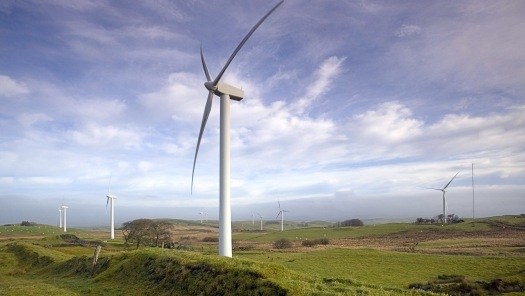
How to make sense of electric car tariffs
Standard vs off-peak rates
Most electric car tariffs offer electricity at two different rates, standard and off-peak, priced in pence per kilowatt-hour (p/kWh). These are known as dual or multi-rate, rather than single-rate tariffs.
The standard rate typically covers most of the day and has a higher price tag. The off-peak rate is a lower price but limited to certain times of the day (usually night time).
Off-peak rates are designed to encourage motorists to charge up their electric car during periods when there isn’t much demand for electricity. But it’s important to check the off-peak times offered by suppliers, and how long they apply. Make sure that the hours are long enough for your charging needs and that they suit your lifestyle,
Some suppliers offer EV tariffs that require you to have a specific charger or vehicle model, make sure your car is compatible with these before signing up, or consider a supplier who offers their EV tariff rates to all customers regardless of which vehicle or charger they use.


A note on electricity meters
- An old or prepaid meter can’t support different rates, as these just record how much electricity you’ve used between readings.
- Some electric car tariffs will work with an Economy 7 meter – so check if you have one of these.
- A first-generation smart meter (SMETS1) supports different rates, but some earlier models stop being smart when you switch supplier. The good news is that since a series of industry upgrades this number is now quite low, so most SMETS1 and all SMETS2 smart meters will work even if you switch supplier. So check which version you have.
Smart meter
You’ll need a smart meter to use a dual-rate tariff, since smart meters understand and report on your electricity consumption throughout the day and this is how your supplier is able to charge you different prices at different times of day. Having a smart meter usually means you can access the cheapest dual-rate EV tariffs in the market.
Dual-fuel tariffs
Some tariffs come as dual fuel. This means they don’t just cover the cost of your electricity use, but also gas too. So when you’re comparing deals, it's important to calculate your gas consumption and overall cost on a single fuel tariff vs. a dual fuel tariff. This will give you a fair comparison of the overall cost of your energy bills.
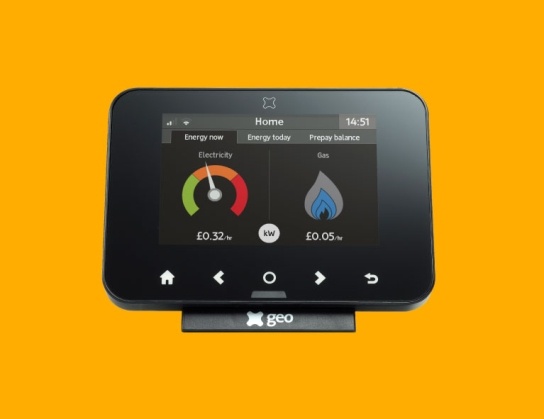
Comparing electric car tariffs
Unit rate
The most important thing to look at when considering an EV tariff is the unit rates, this will usually consist of a peak and off-peak unit rate. Make sure to check whether you need to have a compatible charger or vehicle in order to access these rates as some companies only allow you on their cheapest deals if you have a specific vehicle model or charger. It's also worth checking whether the off-peak rates apply to your whole home (which gives you the chance to save more money by using appliances like tumble dryers in the off-peak hours) or whether they only apply to your electric vehicle.
Standing charge
A final thing to remember is that electricity tariffs include a standing rate. This small daily sum is a flat charge you pay to connect to the grid. It’s usually between 50p and 60p a day. The difference between tariffs might only amount to a couple of pounds a month, but always factor it in.
Incentives and special offers
Alongside headline rates and charging hours, some suppliers offer incentives or special deals to encourage new customers. In the case of electric car tariffs, these are usually either a bill credit (e.g. £100) or ‘free’ miles. And in each instance, it pays to explore what the incentive is really worth, especially if you’re deciding between two similar deals.
Bill credits
These are usually straightforward. They’re added to your account once you join, and might cover a month or two’s electricity.
Charge up for less while you sleep
Get the GoElectric Overnight tariff specially designed for EV drivers. It's 100% zero carbon electricity and only 9p per kWh between 12am and 5am every day (GMT) - that's 35 hours per week of super cheap off-peak electricity.
How efficient are electric cars?
Just like conventional cars and miles-per-gallon, some electric cars go further on the same amount of charge, i.e. they’re more efficient. Manufacturers usually quote an efficiency figure in either watt-hours per mile (lower is better), or miles per kWh (higher is better).
The most efficient electric car on sale consumes 235Wh/mi. That’s equivalent to 4.3 miles per kilowatt hour (mi/kWh).
The least efficient consumes 375Wh/mi. That’s equivalent to 2.7mi/kWh.
So in practice, many energy suppliers use a middle ground as an average figure. For instance 3.5m/kWh. Remember too: other factors can affect how efficient your car is. Such as how far you drive it, your driving style and even the weather conditions.
How do you choose an electric car tariff?
Your electric car tariff doesn’t just cover the cost of charging your car. Because the tariff applies to your total electricity usage, you need to consider how and when you use electricity in the home too. As this will determine if a tariff is right for you.
Here are some of the key things to think about:
Heating and water
If your house has electric room or water heating, you may already be on a dual-rate tariff. If not you’ll be able to make very big savings when you switch to an electric car tariff. Simply because heating uses a lot of power – and you can schedule it to run at the cheaper time for using electricity.
For instance, it takes about 11kWh of electricity to heat a tank of water for a family home. And in cold weather, electric underfloor heating can consume about 30kWh each day.
To make the most of a cheaper off-peak rate, check that you can set electric water, storage or underfloor heating to run during off-peak hours. If old or basic controllers won’t support it, the potential savings may be enough to justify having newer ones fitted.
Laundry and dishwashing
Laundry appliances can be major power users. So you could save money by running appliances during off-peak hours.
- An A+++ rated dishwasher could use around 220kWh per year
- A tumble dryer 190kWh a year
- And a washing machine 160kWh a year
Home charging point
Home charging points for your electric care are typically rated at either 3kW or 7kW. These figures tell you how quickly they can supply power.
So over one hour, a 3kW charging point will provide just 3kWh of electricity. This means it could take more than a day to charge one of today’s high-end electric cars!
Charging and tariffs
How long does it take to charge an electric car?
To work out how long fully charging an electric car will take, divide its battery capacity in kWh by the charge rate in kW. For example, a 40kWh Nissan Leaf battery should take about seven hours to fully recharge on a 7kW charge point:
40kWh / 7kW = approx. 7 hours
In fact, a small amount of power is lost during charging, and the process is slower once the battery gets to 80%. So the real-time for a full recharge is usually slightly longer. It’s why Nissan gives an actual charge time for the Leaf of 7 hours 30 mins.
Why is the type of charger important?
Your charger type is particularly important if you’re considering a tariff with short off-peak periods. For instance, if you charge at 3kW an hour, a four-hour off-peak period only lets you recharge about 12kW:
3 kW x 4 hours = 12kWh
With a 7kW charger, you recharge about 28kWh:
7kW x 4 hours = 28kWh
Depending on your car, this equates to a charge covering 40-100 miles:
3kW charging point:
12 kWh x 3.5 miles = 42 miles
7kW charging point:
28kWh x 3.5 miles = 98 miles
So if you regularly cover more than 40-100 miles a day, you’ll need a tariff that gives you longer off-peak hours. Otherwise, you could find it costs you more than you expect to charge your electric car.
What’s cheaper, home or public charging points?
The cheapest way to charge is for free! And many public charging points offer free charging. But beware of the following:
- Some are attached to a business and may have conditions attached;
- Most free charge points are only 3kW or 7kW. So if you need a full charge, you could be waiting for hours!
If you want a faster charge, you’ll usually have to pay. There are several UK charging networks, which cost varying amounts to charge, depending on location and charge speed. For instance, Pod Point, one of the UK’s biggest networks, offers fast charging (3.6kW-22kW), as well as a growing number of Velocity chargers (43kW-50kW) depending on location. There's no subscription fee or connection charge to use these charge points. Where there is a fee, you'll be charged per hour or per kWh of electricity you consume.
As we’ve already flagged up, the cost of home charging depends on your electric car tariff. But it can be as low as 8p per kWh with our GoElectric Overnight tariff.
Therefore, it’s best to view free public charging points as a bonus when you’re out and about. For everyday motoring, it’s usually cheapest and most convenient to charge at home.
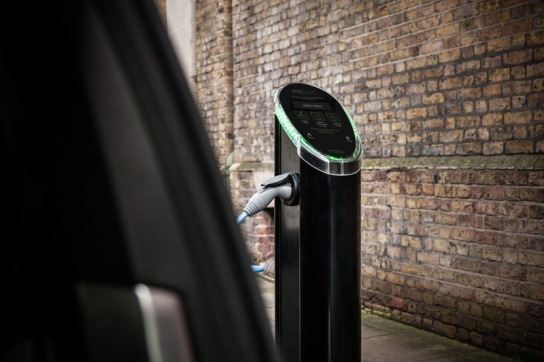
Getting the most out of your electric car tariff
When you move to an electric car tariff, it’s important to make the most of cheaper electricity when it’s available. This may mean changing your behaviour. For instance: instead of waiting until your car battery’s nearly empty, consider topping it up every night This will ensure you only charge your car during off-peak hours.
Most electric car electricity tariffs also include your household consumption, so make the most of it during off-peak hours! For instance, if you have electric heating or water heating, time that to run off-peak. You could also use the delayed start feature to run washing machines and dishwashers during off-peak hours.
Fixed price 100% zero carbon electricity
Get the GoElectric Overnight tariff specially designed for EV drivers. It's 100% zero carbon with off-peak prices of 9p/kWh.
Learn more about electric cars
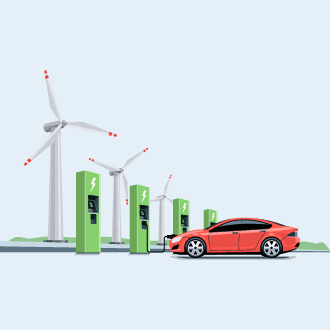
Electric cars and the environment
Find out how electric cars are better for the environment.
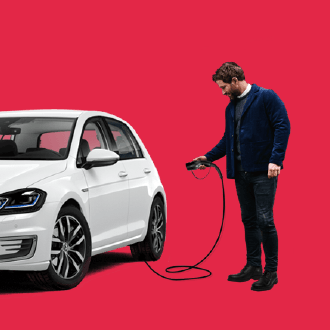
EV charging options: when, where & how
Learn about all the different options for charging your electric car on the go and at home.

Running costs of an electric car
Find out what it costs to buy and run an electric car.